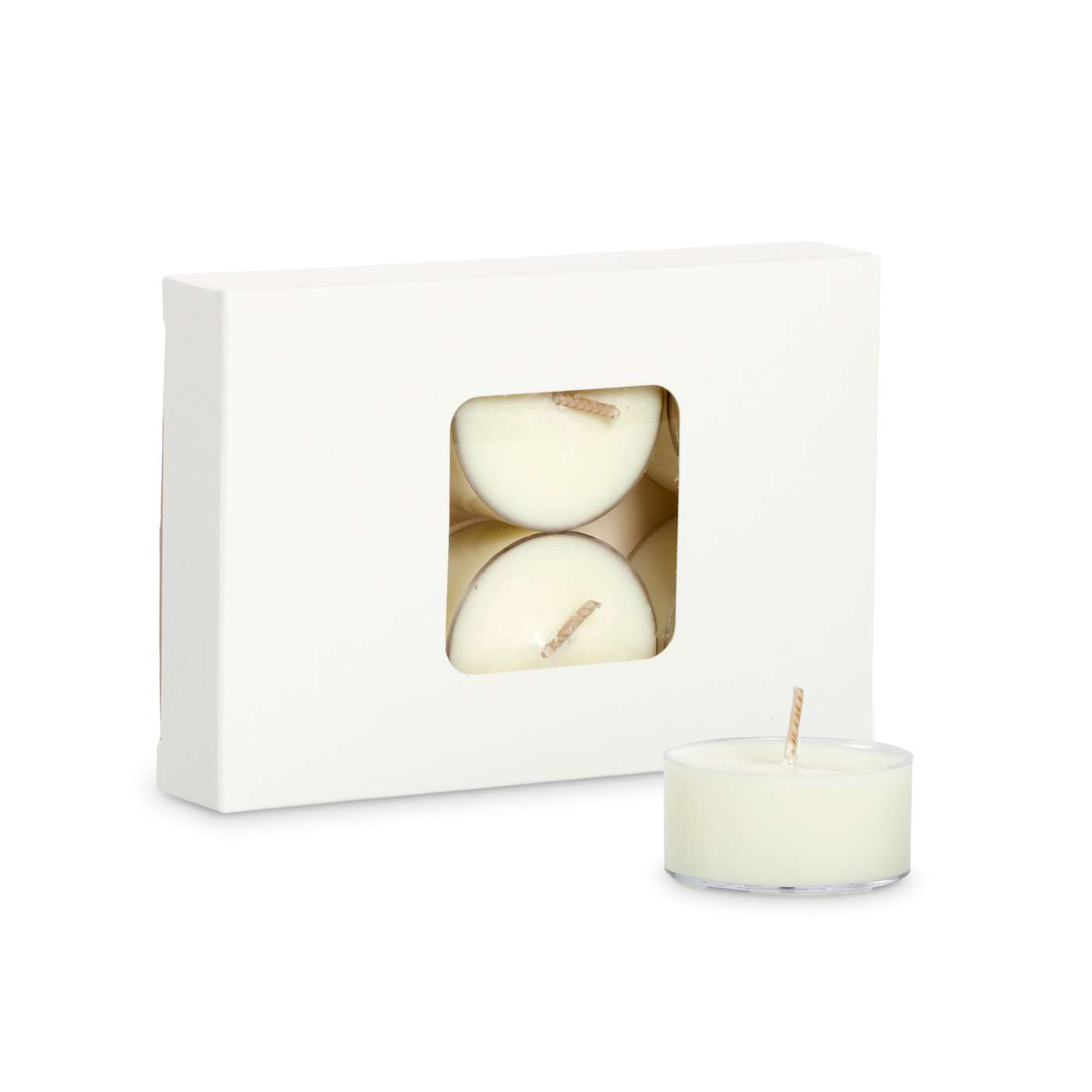Experience the Serenity of Crystal Soy Candles and Home Fragrance
Experience the Serenity of Crystal Soy Candles and Home Fragrance
Blog Article
From Wick to Wax: Comprehending the Chemistry Behind Soy Wax Candles and Their Ecological Effect
As we illuminate our rooms with the warm radiance of candle lights, there exists a realm of complex chemistry behind the relatively basic act of lighting a soy wax candle. Join us as we untangle the clinical intricacies behind soy wax candle lights and explore their effects on our atmosphere.
Soy Wax Vs. Paraffin Wax
When contrasting soy wax and paraffin wax for candle production, it is important to comprehend the distinct attributes and advantages of each material. Soy wax is an all-natural, renewable energy stemmed from soybean oil, making it green and biodegradable - candles. On the other hand, paraffin wax is a result of petroleum refining, which elevates issues regarding its environmental effect and sustainability
Soy wax candle lights burn cleaner and send out much less soot compared to paraffin wax candles, making them a much healthier option for interior air high quality. Furthermore, soy wax has a reduced melting point, permitting a longer-lasting candle light that spreads fragrance extra properly. Paraffin wax, on the various other hand, tends to melt faster and less cleanly, possibly launching hazardous chemicals into the air.
From a sustainability point of view, soy wax is preferred for its biodegradability and renewable sourcing, straightening with the growing consumer preference for eco conscious items. While paraffin wax has been a traditional choice in candle light making due to its affordability and simplicity of usage, the shift towards green choices like soy wax is obtaining momentum in the industry.
Chemical Structure of Soy Wax

Combustion Refine in Soy Candles
The chemical structure of soy wax straight influences the burning procedure in soy candles, influencing factors such as melt time, fragrance release, and ecological effect. When a soy candle light is lit, the warm from the fire thaws the wax near the wick. This fluid wax is then prepared the wick due to capillary action. As the fluid wax gets to the fire, it goes through and evaporates combustion. The burning procedure includes the vaporized hydrocarbons in the wax reacting with oxygen airborne to produce heat, light, water vapor, and carbon dioxide.
The burning efficiency of soy candle lights is influenced by the pureness of the soy wax and the high quality of the wick. Furthermore, soy wax top article candles have a reduced ecological impact compared to paraffin candles due to their renewable and naturally degradable nature.

Ecological Advantages of Soy Wax

Considered a sustainable alternative to typical paraffin wax, soy wax supplies remarkable environmental benefits that make it a popular choice among eco-conscious customers. Soy wax burns cleaner and creates less soot than paraffin wax, contributing to much better interior air top quality and minimizing the requirement for cleaning and upkeep. In general, the environmental benefits of soy wax straighten with the growing demand for sustainable and environment-friendly items in the market.
Recycling and Disposal Factors To Consider
Recycling and correct disposal of soy wax candle lights play a critical role in preserving ecological sustainability and lowering waste in houses and neighborhoods. When it concerns recycling soy wax candles, the very first step is to make sure that the candle light has burned completely. This can be accomplished by allowing the candle to burn till the wick is no more usable, and after that allowing the staying wax cool and strengthen. When the wax has solidified, it can be meticulously removed from the container. her response

In terms of disposal, if recycling is not an option, soy wax candles are naturally degradable and can be securely disposed of in many home waste systems. It is constantly recommended address to examine with local recycling facilities or waste management solutions for specific standards on candle light disposal to guarantee correct handling and environmental defense.
Conclusion
In conclusion, the chemistry behind soy wax candles exposes their ecological advantages over paraffin wax candle lights. Soy wax, derived from soybean oil, burns cleaner and produces much less soot when contrasted to paraffin wax.
When comparing soy wax and paraffin wax for candle making, it is necessary to recognize the distinct attributes and advantages of each material (candles).Soy wax candle lights melt cleaner and give off much less residue compared to paraffin wax candles, making them a much healthier selection for interior air top quality.Thought about a sustainable alternative to typical paraffin wax, soy wax supplies noteworthy ecological advantages that make it a popular selection among eco-conscious customers. Soy wax burns cleaner and creates much less residue than paraffin wax, adding to better indoor air high quality and reducing the need for cleaning and upkeep.In conclusion, the chemistry behind soy wax candle lights reveals their ecological benefits over paraffin wax candle lights
Report this page